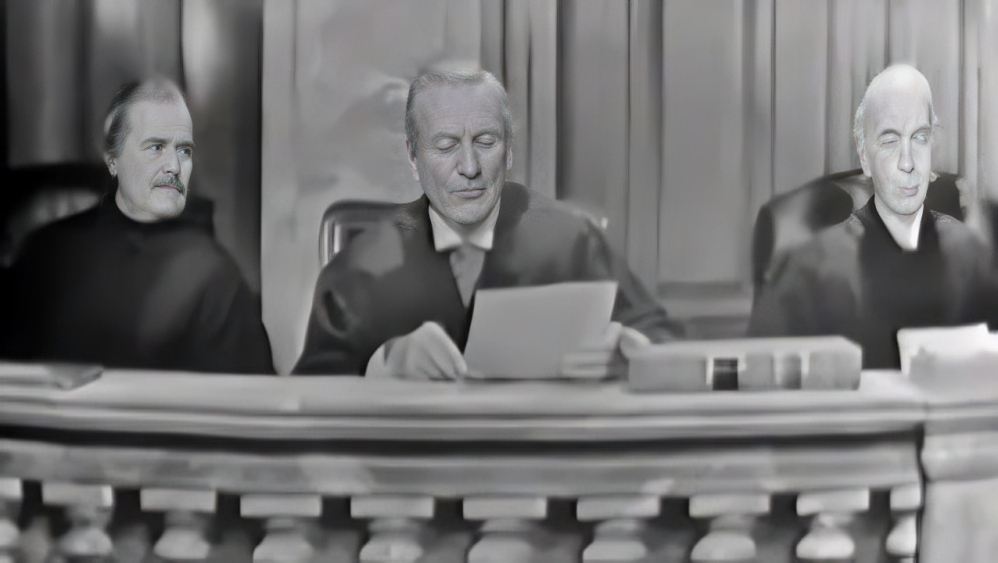
Excerpts from the 1896 Plessy v. Ferguson U.S. Supreme Court decision were delivered in an episode of the educational television program Omnibus devoted to the Constitution, broadcast March 4, 1956, over the CBS network. G. Albert Smith as Justice Henry B. Brown reads the majority opinion, and Noel Leslie as Justice John M. Harlan reads the dissenting opinion
Certainly! Plessy v. Ferguson (1896) was a landmark U.S. Supreme Court case that upheld the constitutionality of racial segregation under the “separate but equal” doctrine. Here’s an overview of the key opinions and their implications:
Majority Opinion:
- Justice Henry Billings Brown wrote the majority opinion.
- The Court ruled that racial segregation did not violate the Equal Protection Clause of the 14th Amendment, as long as the separate facilities were equal in quality. This decision essentially endorsed segregation and reinforced the idea that “separate but equal” was constitutionally permissible.
- Brown argued that the law did not imply the inferiority of African Americans and that segregation was a matter of public policy, not a violation of civil rights. He viewed the segregation laws as a social issue, not a legal one.
Dissenting Opinion:
- Justice John Marshall Harlan was the sole dissenter.
- Harlan argued that the Constitution is color-blind and does not tolerate any form of racial discrimination. He believed that segregation inherently implied the inferiority of African Americans and that the “separate but equal” doctrine was a violation of the 14th Amendment’s guarantee of equal protection under the law.
- His dissent emphasized that segregation was a tool of racial oppression and contradicted the principles of equality and justice enshrined in the Constitution.
Impact:
- The ruling in Plessy v. Ferguson institutionalized racial segregation and provided legal cover for Jim Crow laws across the South.
- It wasn’t until Brown v. Board of Education (1954) that the “separate but equal” doctrine was overturned, with the Supreme Court ruling that racial segregation in public schools was unconstitutional.
The Plessy v. Ferguson decision was a critical moment in American legal history, marking a significant endorsement of racial segregation that shaped American society for decades.